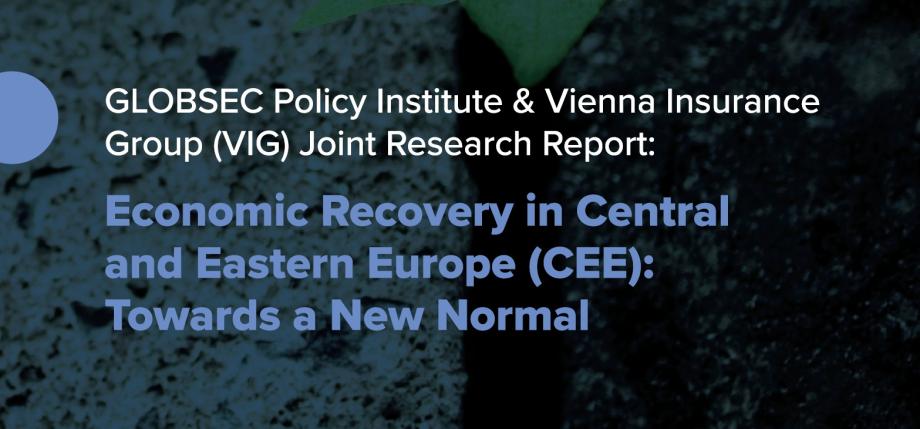Economic Recovery in Central and Eastern Europe (CEE): Towards a New Normal

Two tectonic shocks at the beginning of this decade — the COVID19 pandemic (focus period: 2020-2021) and Russia's invasion of Ukraine (ongoing since February 2022) — have upended the European economy with economic reverberations felt worldwide.
The pandemic induced a severe economic contraction that was met by unprecedented policy assistance in the form of monetary and fiscal stimulus measures. These steps indeed helped establish a floor to the crisis across the European Union (EU) during the initial year of the pandemic until vaccines became broadly available in 2021 and provided immunity against the deadly virus.
Vaccinations and policy interventions forged an economic reopening and a dynamic recovery by the second half of 2021. There had been considerable speculation concerning the shape and form the pandemic recovery would take. Thought leaders in Davos predicted in 2020 that it would be ‘K-shaped’, setting off significant wealth and value redistribution and creating winners and losers across different regions, economic sectors, and areas of employment. Some actors were expected to tap greater market share and public support and others expected to decline. There is limited evidence that the driving force of the recovery in the region of Central and Eastern Europe (CEE) was subject to such lasting unevenness. Only time and more recent data, that said, will provide more conclusive evidence.
The pandemic, nonetheless, has shaped a new macro-economic environment in Europe. Implications include, for example, pronounced deficit spending and elevated sovereign and private debt levels. The historical fiscal stimulus measures alone, rolled out to prop up households, firms, and healthcare systems, have pushed the debt-to-GDP ratio to double or even triple the 60% ceiling afforded by the Stability and Growth Pact in several EU countries. The ceiling was suspended when the pandemic hit two years ago and remains suspended to-date, driving an ongoing policy debate about the reform of EU fiscal rules.
The post-omicron terrain in the second half of 2021 (and the first weeks of 2022 before Russia invaded Ukraine) was marked by a robust rebound in economic activity on the one hand even as transitory inflationary pressures took shape on the other. The latter was steered by temporary imbalances between demand (emboldened) and supply (lagging) — the culprits include supply chain bottlenecks in some sectors, such as automotive and semi-conductors, and steep energy prices caused by past OPEC decisions that stifled supply in the global market. But these processes were expected to dissipate with time and inflation forecasted to decline closer to the medium-term central bank target.
Russia’s aggression against Ukraine, launched February 24, 2022, derailed both market expectations and the trajectory of the robust recoveryostensibly underway. It not only sent shockwaves throughout Europe and the world but has additionally introduced a new layer of complexity to a conjectured uneven post-pandemic rebound, eclipsing the rebound previously underway.
Read more in the PDF below.

